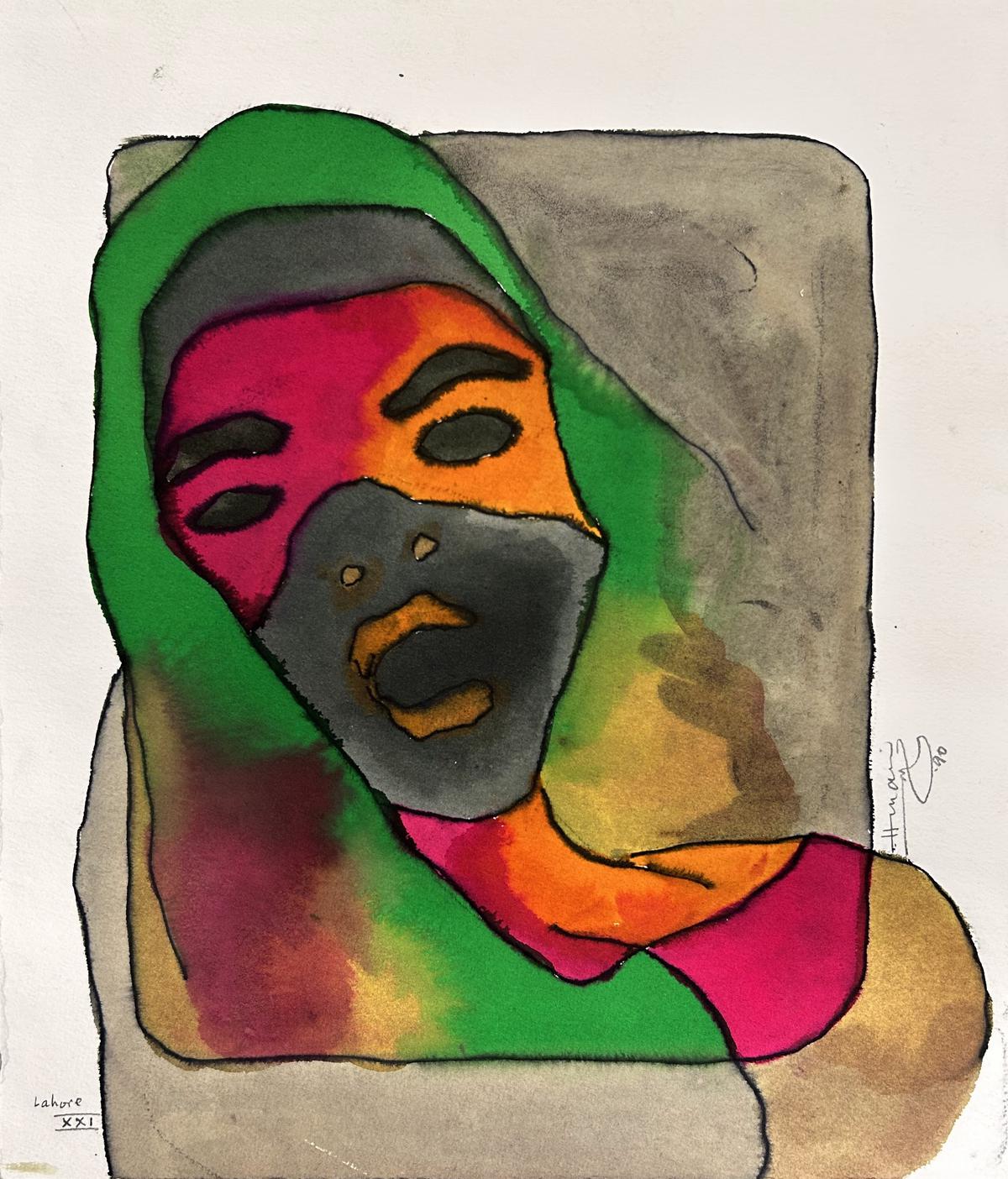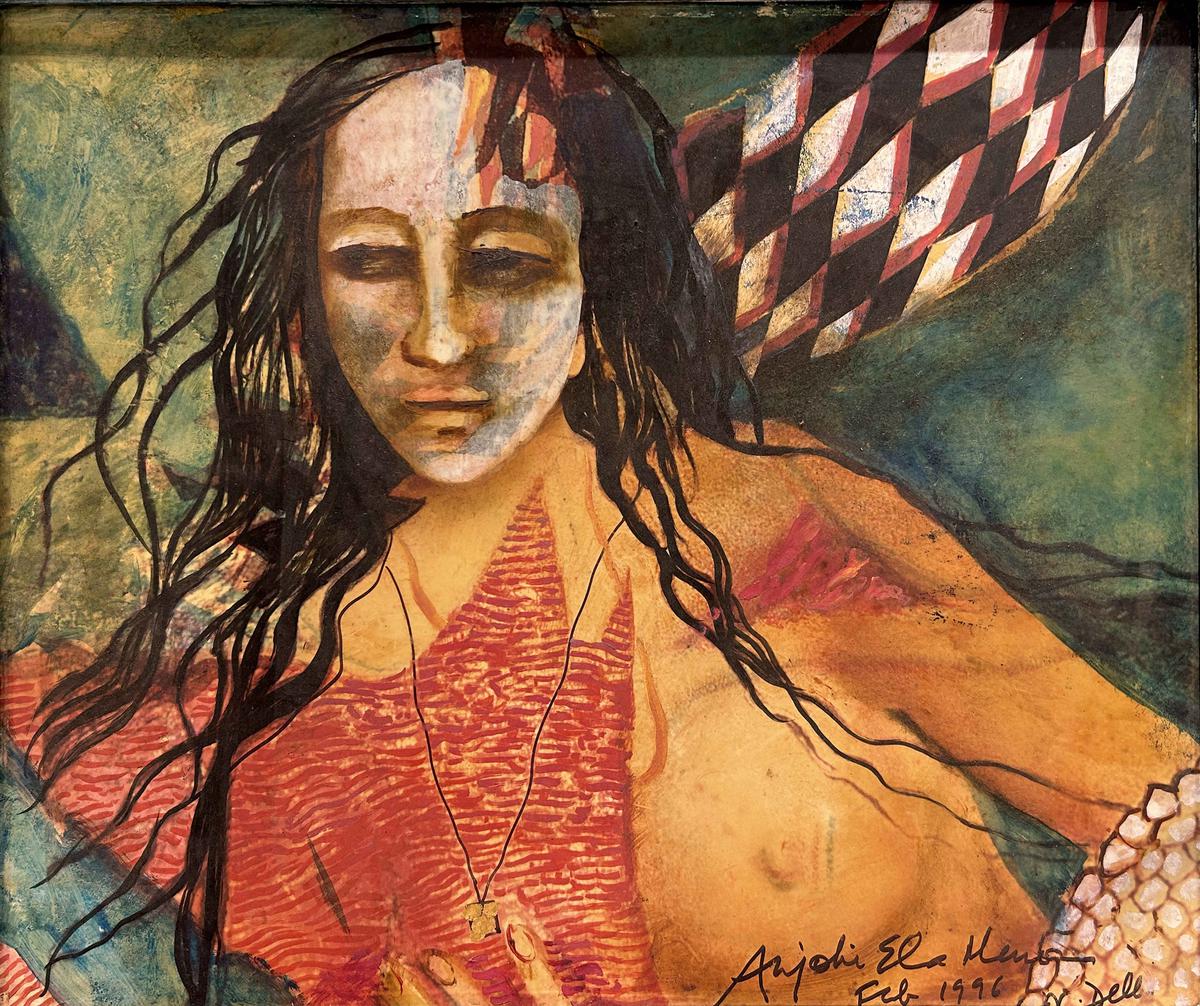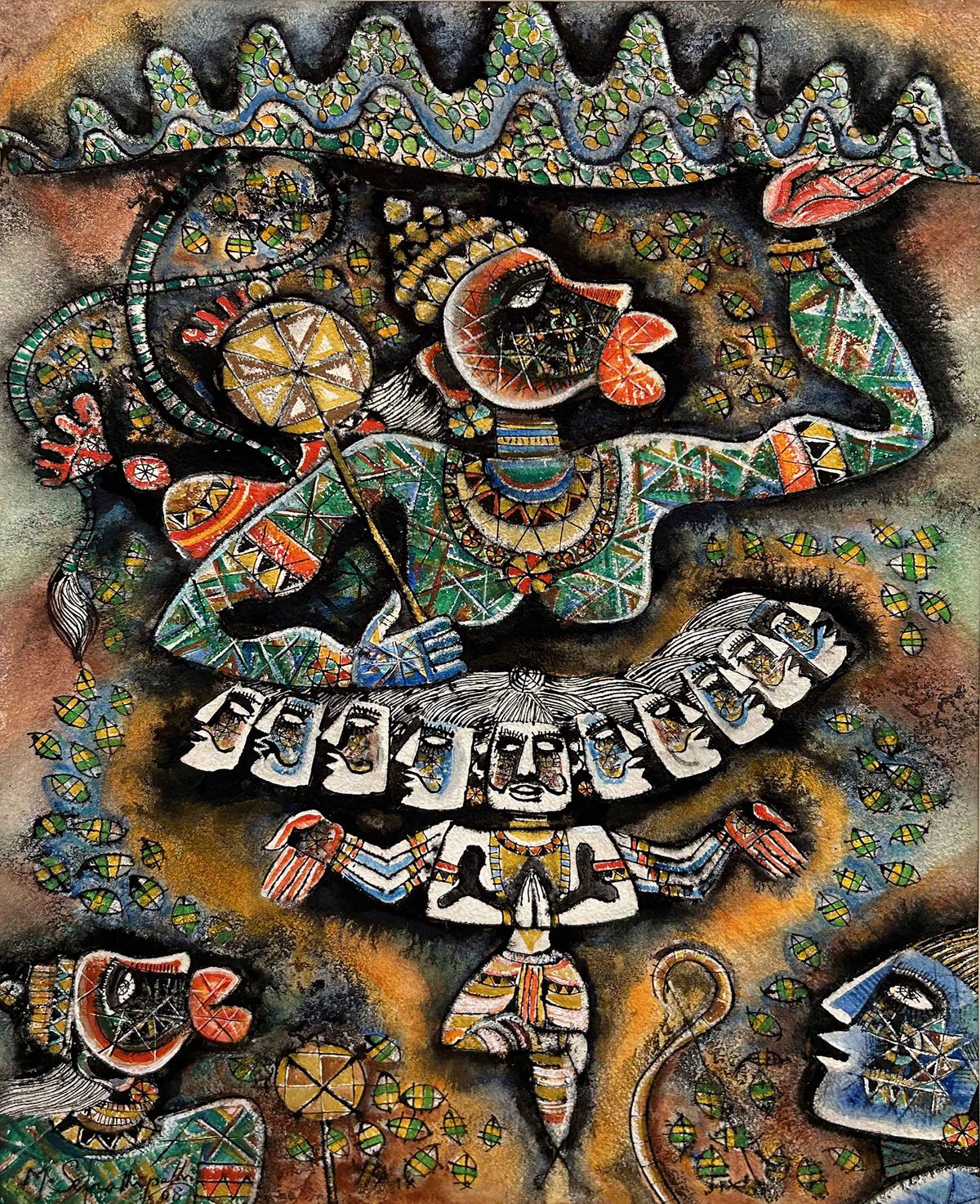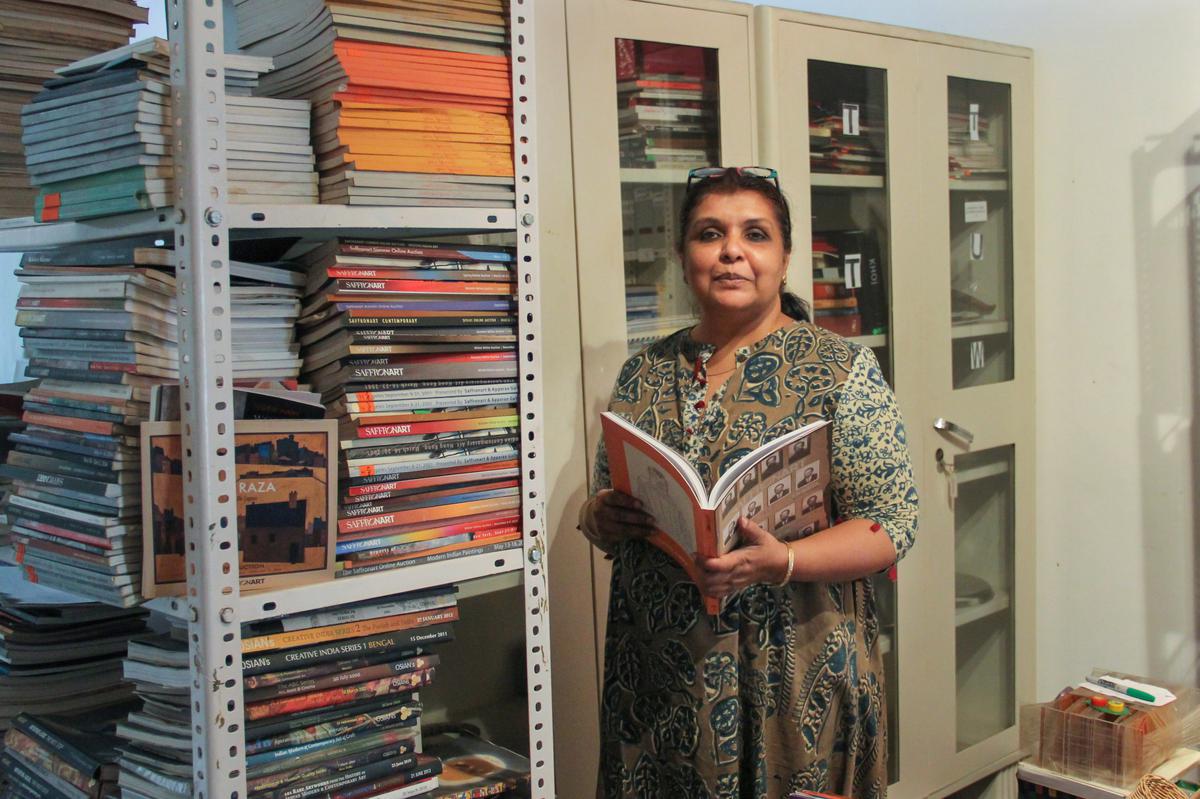[ad_1]
Monochromatic art by Akbar Padamsee
This week, at Delhi’s Bikaner House, the monochromatic art of Akbar Padamsee plays off self-taught artist Badri Narayan’s work, influenced by the miniature tradition, mythology and self reflection. As a modern painter, Narayan did not enjoy the level of fame and exposure of Padamsee, so this tribute puts some of the inequality to rest, bringing an interesting posthumous dialogue between their works.
Ruminations on India: A trail of artworks on paper, curated by Sharan Apparao of Apparao Galleries, features 96 artists and over 150 artworks. The exhibition takes you through some of the important signposts of modern and contemporary Indian art, while contemplating the journey towards the post-colonial stylistics that emerged — one that brought folk, traditional and modern-contemporary together.
“Showcasing Indian art from the modern to the contemporary is quite a task,” says Apparao, sharing how she has chosen artwork to represent “both those who have a good amount of recall and are well known, as well as those who have been a bit more reclusive and perhaps lesser known among even the art viewing public”.
It took almost three months to put it all together. While some of the exhibited art are from her collection, she sourced the corpus from “private collectors, galleries, colleagues and others from the trade”. The collective effort also celebrates Apparao’s lead up to 40 years as an artist herself.

M.F. Husain
A historical timeline
There are quite a few surprises at Ruminations. You’ll find established names such as progressives S.H. Raza, M.F. Husain, F.N. Souza and even Raja Ravi Varma, the doyen who blended Venetian oil painting with Indian mythology, in conversation with more contemplative artists such as J. Swaminathan, K. Ramanujan and Sohan Quadri.
There are strong works by women artists, including Anolie Ela Menon and Anupam Sud, who brought the feminine perspective to the fore. While Menon is known for her use of colour and semi-autobiographical work, Sud, primarily a print-maker, uses line and shade to convey the dynamics between the male and female.

Anolie Ela Menon
Another artist who is celebrated at the exhibition — and who perhaps did not get as much exposure in the popular circles — is M. Senathipathi, one of the founding members of the Cholamandal Artists’ Village in Chennai. He is an artist who works with representation that celebrates the human figure as well as oral traditions.

M. Senathipathi
There are also works that explore the various schools of art in India — from Bengal to Baroda to Madras — as well as genres. Among the contemporaries, one can appreciate the works of Arpita Singh, Anju Dodiya, Rekha Rodwittiya, Surendran Nayar, Gulam Mohamed and Nilima Sheikh — all of whom bring women’s voices into focus. Abstractionists such as Nasreen Mohomedi and Akkitham Narayan can be enjoyed for their graphic nature and the contemplation they bring to the non-narrative genre.

Sharan Apparao
| Photo Credit:
Manish Mandoth
Highlighting the Indian idiom
In India, the transition from the traditional styles to a more modern expression was often plagued by the ‘derivative’ label — the West dominated what was considered the tenants of the modern and the abstract. It took time and a deeper investigation for artists to come up with an independent vocabulary that brought out the complexity of the Indian idiom.
Ruminations highlights all this beautifully, helping us remember that the journey of Indian art came with its own set of challenges and struggles.
On at Bikaner House, New Delhi, till August 26, the exhibition-cum-sale is also a fundraiser for Apparao Art Foundation, an educational foundation that’s in the works.
The writer is a critic-curator by day, and a visual artist by night.
[ad_2]
Source link


